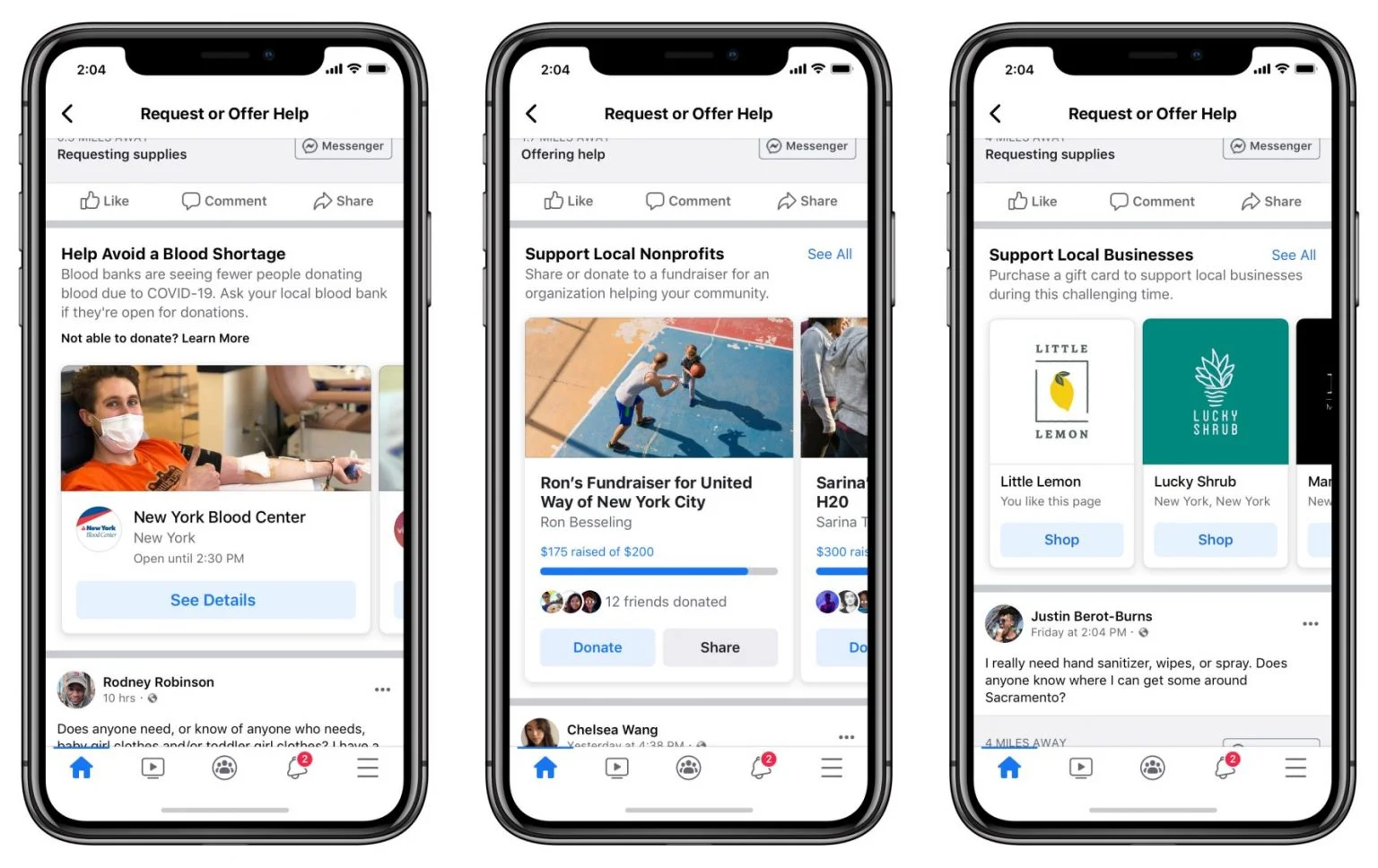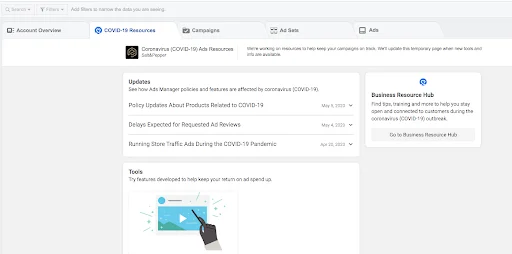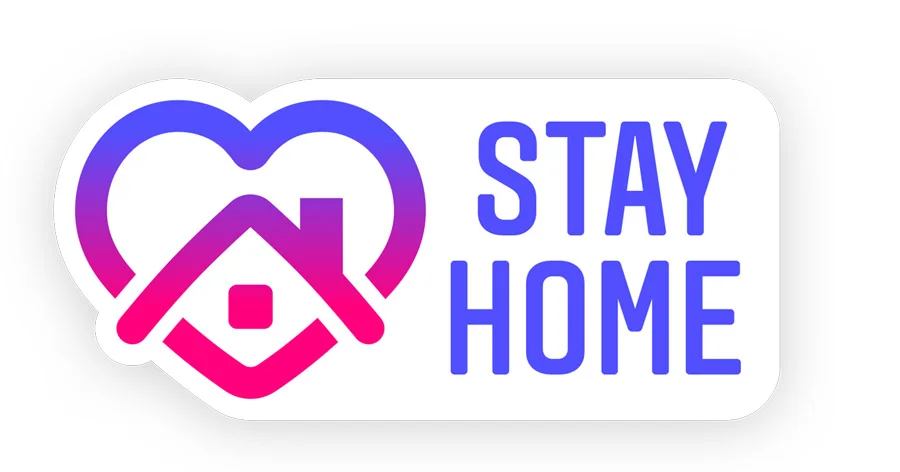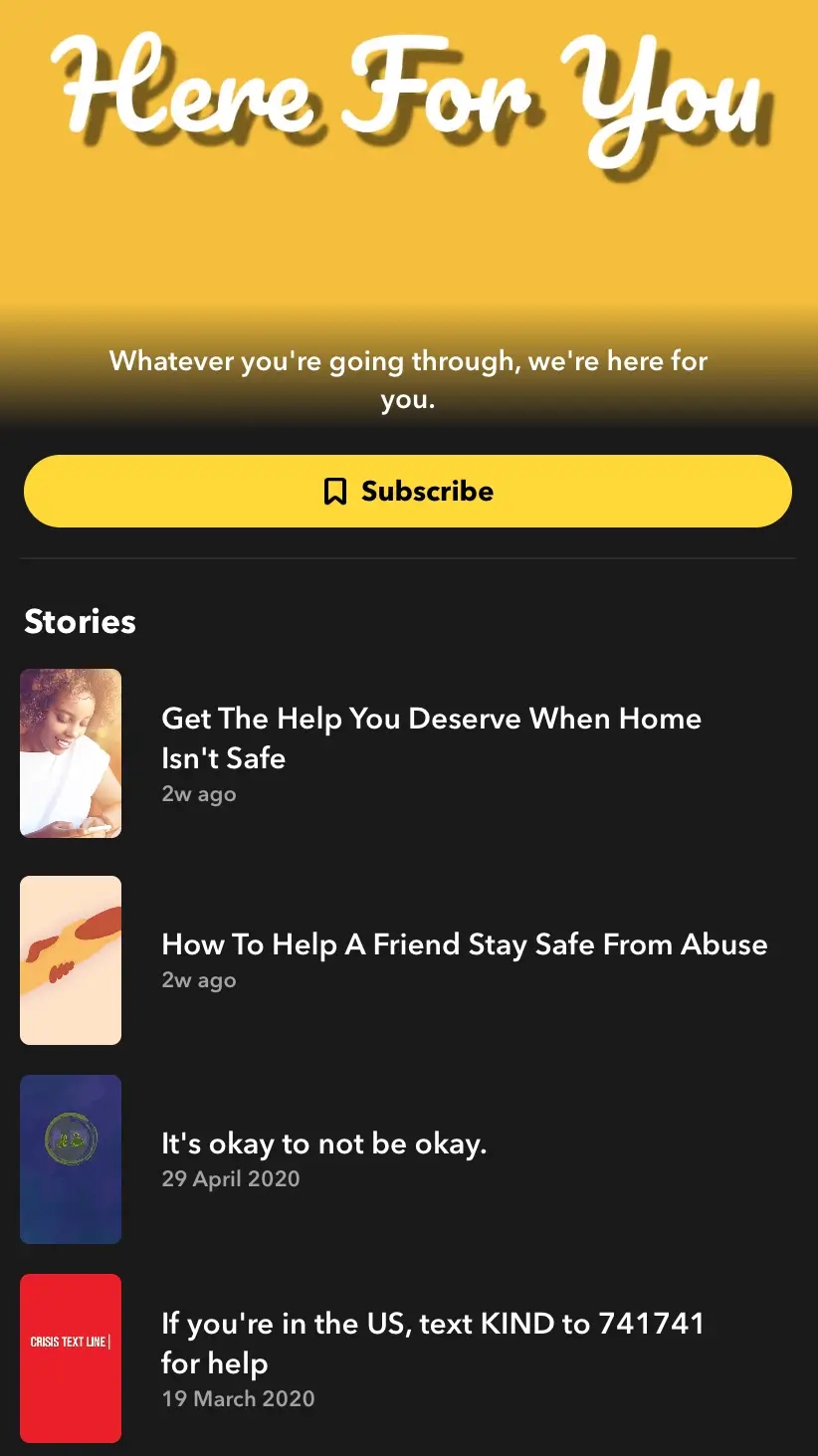How the Top Social Media Platforms Are Dealing With the Global Pandemic
Never before has the world seen such a widespread crisis during the time of social media. This means the top social media platforms have had no choice but to be agile and make swift decisions as they navigate the pandemic.
Social media is now a major news source for many people, as well as being their main way to connect while in isolation. This is a huge responsibility for these platforms to manage.
With the world seemingly in their hands, how have they responded?
The biggest of the platforms, Facebook had to lead the way when it came to their crisis response.
They’ve pledged hundreds of millions of dollars, spread across the news industry and fact-checkers, COVID-19 relief efforts, healthcare workers, small businesses, and mental crisis helplines. Plus global health organisations can run ads for free.
Their response is broken down into three key areas:
- Providing accurate information and stopping misinformation
- Supporting relief efforts
- Keeping people connected
The problem Facebook regularly faces is the spread of misinformation via their platform. To help provide accurate sources of information, Facebook is directing users who search for information on the coronavirus to the World Health Organization or local health authorities through an automatic pop-up.
Further support of small businesses is presented through Community Help. Here, people can find gift cards and vouchers to support local business, donate to local nonprofit fundraisers, sign up to become a blood donor, and find local job opportunities.

Facebook learned that most people want brands to educate, entertain and engage. Which means Facebook can feel empowered to continue encouraging brands to provide tips, show how they’re responding to the crisis and even run advertising promotions.
In line with this, Facebook has added a tab under Business Manager to share COVID-19 resources with all advertisers, as you can see below. This has been implemented to keep brands present for their customers while business might be slower and tougher.

Part of their main effort is also keeping the app stable and reliable with the increase in users. This is crucial to prevent the platform crashing which would impact how so many people stay in touch with each other. The importance of keeping people connected in times like these can’t be overstated.
As Instagram is owned by Facebook, their response has had the same three focuses, with a slightly different approach.
Instagram has supported health and safety measures by again sharing and encouraging information from verified sources.
The stay home sticker was designed as a way to show people you care. This feature groups everyone who has used the stay home sticker in their stories. This kind of shared story feature normalises behaviour and encourages the community to take steps to stay home and stay healthy.

Stickers have also been created for businesses. They can use the food sticker to signal that people can order food from them directly on Instagram, while the gift card sticker gives people an easy way to support their business
Instagram’s own Instagram account has also been sharing photos and accounts to spread the love and lift spirits.
Here’s an example where they’ve used humour to encourage users to #stayhome while also directing them to trustworthy officials for more information.
TikTok
TikTok seems to be the face of the pandemic. With more and more people having time to watch videos downloads have surged, particularly from the slightly older millennial generation.
So how has TikTok responded to the pandemic?
Globally TikTok has pledged $250 million to support front-line medical workers, educators, and local communities deeply affected by the global crisis. Further commitments have included $25 million in ads to help trusted organisations deliver crucial public health information and $100 million in ad credits to help businesses rebuild.
TikTok also seems to be where the front-line medical workers go to let off steam and enjoy some light entertainment. Take a look at this video with over 3 million views.
Trending hashtags also show support for essential workers, with over 200,000 videos tagged with #ThankYouNHS and over 4,000 for #ClapForOurCarers videos that have been published to date.
Even Spiderman loves clapping for our carers. Videos like these bring people together, encourage a sense of community and to do what’s right. While also supplying some entertainment from the couch.
Snapchat
You might be surprised to learn that Snapchat is where a lot of people go to find the news.
Over 68 million Snapchatters worldwide have viewed COVID-19-related content on Snapchat.
Snapchat is careful that their content platform Discover is curated and carefully fact-checked to only offer credible sources.
In light of the increased anxiety and stress that people are feeling, Snapchat also launched a new feature called Here For You. It shows resources from experts when users search for certain topics like mental health, anxiety and around COVID-19.

Snapchat’s Snap Lab is also producing medical face shields to be donated to hospitals, and have provided thousands of meals and childcare essentials through their partnerships.
It’s been a tough time globally, and while we’ve probably all been fatigued by the constant news cycle and general repetition of lockdown life, there’s no doubt we’ve also been grateful that social media can keep us in touch with the world.